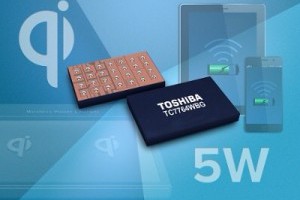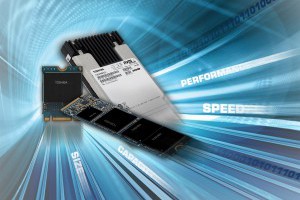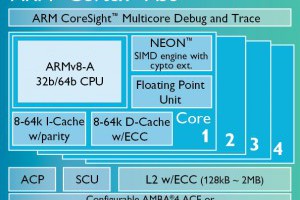Applying the optimal process to diverse applications will allow Toshiba to expand its product line-up in such areas as microcontrollers, wireless communication ICs, motor controller drivers and power supply ICs, the company said.
Toshiba has adopted Silicon Storage Technology’s third-generation SuperFlash cell technology, in combination with its own 65nm logic process technology.
The company has also fine-tuned circuits and manufacturing processes in developing an ultra-low power consumption flash embedded logic process.
Following the first series of microcontrollers, Toshiba plans to release sample BLE (Bluetooth Low Energy) products, the short-range wireless technology, in fiscal year 2016.
The company also plans to apply the 65nm process to its wireless communication IC product family that can optimise use of low power consumption characteristics, including NFC (near field communication) controllers, and contactless cards.
In addition to low power consumption advantages, the process technology contributes to shorter development time, as application software can be easily written and rewritten to flash memory during development.
By engineering advances in devices offering ultra-low power consumption to promote further development of specialised flash peripheral circuit technology and of logic and analogue circuit technology, Toshiba will meet continuing growth in demand for low-power applications.
The company aims to lower power consumption for entire systems, targeting 50μA/MHz operation, and to develop innovative products for IoT.
In applications where significant cost reductions are a concern, Toshiba has developed an NVM embedded process that adopts Yield Microelectronics Corporation’s single-poly MTP (Multi-time programmable) cells on Toshiba’s 130nm logic process technology.
NVM and analogue circuits are embedded on a single chip that can incorporate multiple functions conventionally executed by a multi-chip system. This reduces the number of terminals and realises smaller packages.
Applying MTP specifications for write times improves the new process’s performance while limiting increased steps in mask pattern lithography to three or fewer, and even none. By using MTP to adjust output accuracy, Toshiba will expand its product line-up in fields where higher accuracy is essential, such as power management ICs.
Sample shipments of the 130nm-NVM and 65nm- flash are scheduled for the 4th quarter of 2015 and the 2nd quarter of 2016, respectively.
 Electronics Weekly
Electronics Weekly




